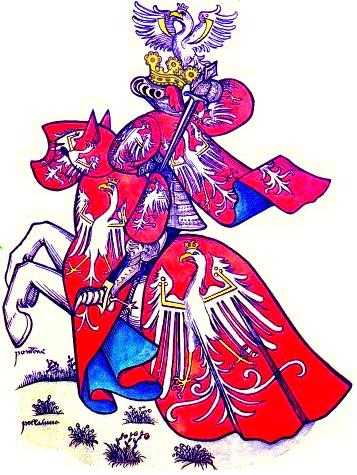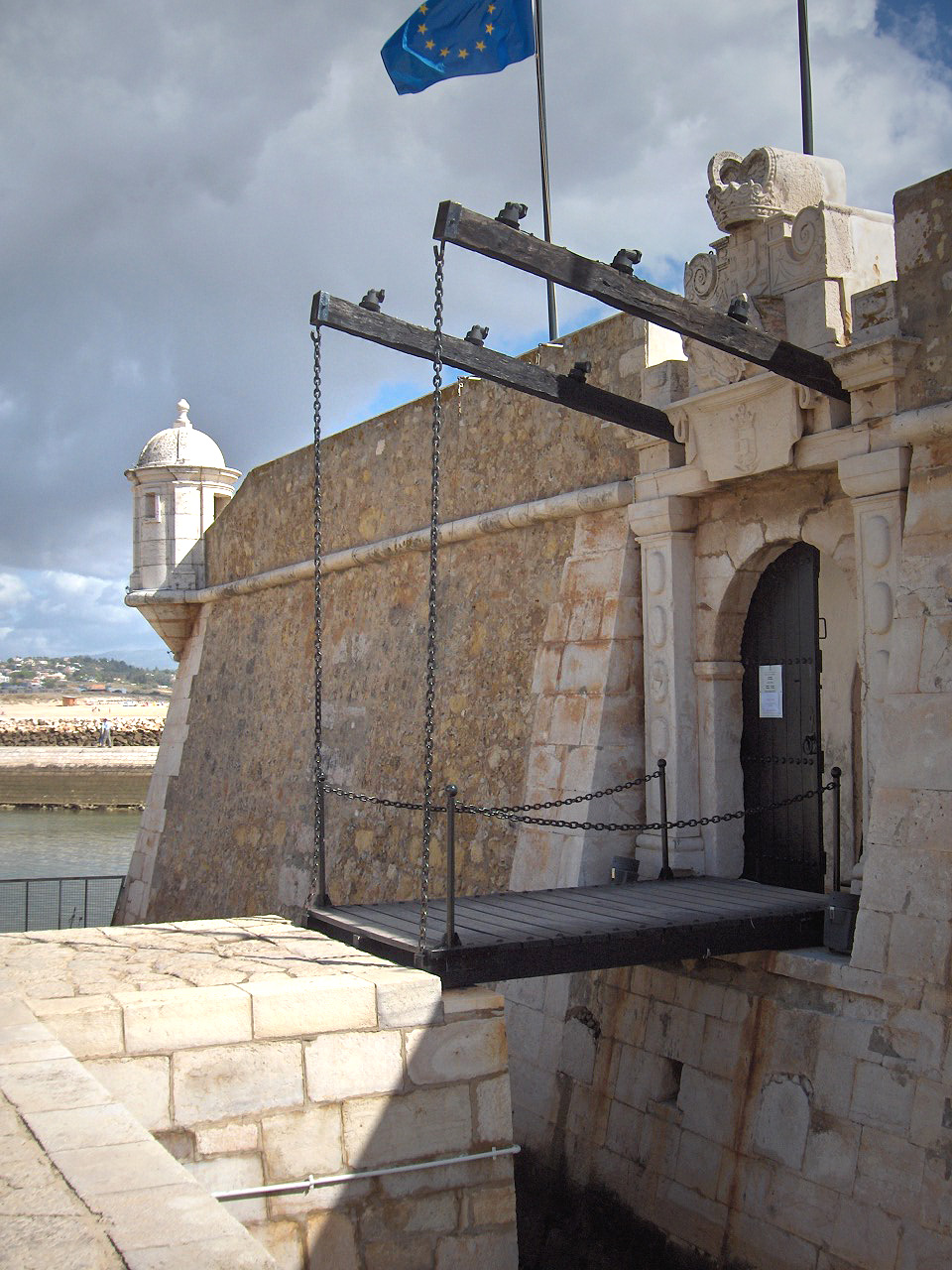|
Chudów
Chudów (German ''Chudow'' also ''Chutow'') is a village in the district of Gliwice County, within the municipality of Gmina Gierałtowice, Silesian Voivodeship, in the historical region of Silesia. It lies approximately east of Gierałtowice, south-east of Gliwice, and west of the regional capital Katowice. The village has a population of 1,493 (2012). History The village was first mentioned in 1295 as ''Chudow'' attested in the Latin manuscript '' Liber fundationis episcopatus Vratislaviensis''. Chudów was a privately owned medieval manor purchased in 1532 by the Roman-German Silesian nobility House of Saszowski family, who already owned the neighbouring manor of Gierałtowice. Chudów is famous for its 16th-century Renaissance castle residence, built by the nobleman and scion John Saszowski von Geraltowitz (alias ''Geraltowsky'' in German, ''Gierałtowski'' in Polish). [...More Info...] [...Related Items...] OR: [Wikipedia] [Google] [Baidu] |
Gmina Gierałtowice
__NOTOC__ Gmina Gierałtowice is a rural gmina (administrative district) in Gliwice County, Silesian Voivodeship, in southern Poland. Its seat is the village of Gierałtowice, which lies approximately south-east of Gliwice and west of the regional capital Katowice. The gmina covers an area of , and as of 2019 its total population is 12,096. Villages Gmina Gierałtowice contains the villages of Chudów, Gierałtowice, Paniówki and Przyszowice. Neighbouring gminas Gmina Gierałtowice is bordered by the towns of Gliwice, Knurów, Mikołów, Ruda Śląska and Zabrze, and by the gmina of Ornontowice. Twin towns – sister cities Gmina Gierałtowice is twinned with: * Uherský Brod Uherský Brod (; german: Ungarisch Brod) is a town in Uherské Hradiště District in the Zlín Region of the Czech Republic. It has about 16,000 inhabitants. The historic town centre is well preserved and is protected by law as an urban monument ..., Czech Republic References {{DEFAULTS ... [...More Info...] [...Related Items...] OR: [Wikipedia] [Google] [Baidu] |
Countries Of The World
The following is a list providing an overview of sovereign states around the world with information on their status and recognition of their sovereignty. The 206 listed states can be divided into three categories based on membership within the United Nations System: 193 member states of the United Nations, UN member states, 2 United Nations General Assembly observers#Present non-member observers, UN General Assembly non-member observer states, and 11 other states. The ''sovereignty dispute'' column indicates states having undisputed sovereignty (188 states, of which there are 187 UN member states and 1 UN General Assembly non-member observer state), states having disputed sovereignty (16 states, of which there are 6 UN member states, 1 UN General Assembly non-member observer state, and 9 de facto states), and states having a political status of the Cook Islands and Niue, special political status (2 states, both in associated state, free association with New Zealand). Compi ... [...More Info...] [...Related Items...] OR: [Wikipedia] [Google] [Baidu] |
Princely Houses Of Poland
The princely houses of Poland and Lithuania differed from other princely houses in Europe. Most importantly, Polish nobility (''szlachta'') could not be granted nobility titles by the Polish kings in the Polish-Lithuanian Commonwealth. Therefore, the title of ''prince'' either dated to the times before the Union of Lublin, which created the Commonwealth in 1569, or was granted to some nobles (usually magnates) by foreign kings. Due to the longstanding history of common statehood, some noble families often described as "Polish" actually originated in Grand Duchy of Lithuania and are of Lithuanian or Ruthenian descent. Some houses are more correctly described as being of Polish-Lithuanian Commonwealth. Kingdom of Poland Duchy of Pomerania Polish–Lithuanian Commonwealth Old Lithuanian Gediminid and Ruthenian (Rurikid) Princely Houses Princely Houses with Tatar origin These princely houses lived like average rich nobility, but sometimes part of these lived like p ... [...More Info...] [...Related Items...] OR: [Wikipedia] [Google] [Baidu] |
Gothic Art
Gothic art was a style of medieval art that developed in Northern France out of Romanesque art in the 12th century AD, led by the concurrent development of Gothic architecture. It spread to all of Western Europe, and much of Northern, Southern and Central Europe, never quite effacing more classical styles in Italy. In the late 14th century, the sophisticated court style of International Gothic developed, which continued to evolve until the late 15th century. In many areas, especially Germany, Late Gothic art continued well into the 16th century, before being subsumed into Renaissance art. Primary media in the Gothic period included sculpture, panel painting, stained glass, fresco and illuminated manuscripts. The easily recognizable shifts in architecture from Romanesque to Gothic, and Gothic to Renaissance styles, are typically used to define the periods in art in all media, although in many ways figurative art developed at a different pace. The earliest Gothic art was monumental ... [...More Info...] [...Related Items...] OR: [Wikipedia] [Google] [Baidu] |
Medieval
In the history of Europe, the Middle Ages or medieval period lasted approximately from the late 5th to the late 15th centuries, similar to the Post-classical, post-classical period of World history (field), global history. It began with the fall of the Western Roman Empire and transitioned into the Renaissance and the Age of Discovery. The Middle Ages is the middle period of the three traditional divisions of Western history: classical antiquity, the medieval period, and the modern history, modern period. The medieval period is itself subdivided into the Early Middle Ages, Early, High Middle Ages, High, and Late Middle Ages. Population decline, counterurbanisation, the collapse of centralized authority, invasions, and mass migrations of tribes, which had begun in late antiquity, continued into the Early Middle Ages. The large-scale movements of the Migration Period, including various Germanic peoples, formed new kingdoms in what remained of the Western Roman Empire. In the ... [...More Info...] [...Related Items...] OR: [Wikipedia] [Google] [Baidu] |
Narodowy Instytut Dziedzictwa
The National Institute of Cultural Heritage of Poland ( pl, Narodowy Instytut Dziedzictwa NID) is a Polish governmental institution responsible for documenting cultural property and the intangible cultural heritage, as well as for supporting and coordinating their protection."National Institute of Cultural Heritage" English-language websiteNarodowy Instytut Dziedzictwa, "O NID" ("About NID") Heritage lists The Institute coordinates at the national level the lists, maintained at the regi ...[...More Info...] [...Related Items...] OR: [Wikipedia] [Google] [Baidu] |
Objects Of Cultural Heritage In Poland
Cultural property protection ( pl, ochrona zabytków) in Poland Cultural property im Poland According to Polish law, a cultural property item ( pl, zabytek; its plural form, pl, zabytki, means cultural property) is defined as an "immovable or a movable item, their parts or complexes, which are human creations or their byproducts, serving as a testimony of a past epoch or event, and whose preservation is in the societal interest due to their historical, artistic or scientific value." The designation has sometimes also colloquially been used by humanities and arts scholars in a meaning incompatible with the legal definition, extended to cover also selected intangible cultural heritage item types, in particular language, works of literature and music compositions (other than historical manuscripts, pieces of rare or historical editions, or historical documents, considered cultural property items), but its usage in such meaning has mainly been confined to professional jargon in human ... [...More Info...] [...Related Items...] OR: [Wikipedia] [Google] [Baidu] |
Moat
A moat is a deep, broad ditch, either dry or filled with water, that is dug and surrounds a castle, fortification, building or town, historically to provide it with a preliminary line of defence. In some places moats evolved into more extensive water defences, including natural or artificial lakes, dams and sluices. In older fortifications, such as hillforts, they are usually referred to simply as ditches, although the function is similar. In later periods, moats or water defences may be largely ornamental. They could also act as a sewer. Historical use Ancient Some of the earliest evidence of moats has been uncovered around ancient Egyptian castles. One example is at Buhen, a castle excavated in Nubia. Other evidence of ancient moats is found in the ruins of Babylon, and in reliefs from ancient Egypt, Assyria, and other cultures in the region. Evidence of early moats around settlements has been discovered in many archaeological sites throughout Southeast Asia, including ... [...More Info...] [...Related Items...] OR: [Wikipedia] [Google] [Baidu] |
Drawbridge
A drawbridge or draw-bridge is a type of moveable bridge typically at the entrance to a castle or tower surrounded by a moat. In some forms of English, including American English, the word ''drawbridge'' commonly refers to all types of moveable bridges, such as bascule bridges, vertical-lift bridges and swing bridges, but this article concerns the narrower historical definition of the term where the bridge is used in a defensive structure. As used in castles or defensive structures, drawbridges provide access across defensive structures when lowered, but can quickly be raised from within to deny entry to an enemy force. Castle drawbridges Medieval castles were usually defended by a ditch or moat, crossed by a wooden bridge. In early castles the bridge might be designed to be destroyed or removed in the event of an attack, but drawbridges became very common. A typical arrangement would have the drawbridge immediately outside a gatehouse, consisting of a wooden deck with one ed ... [...More Info...] [...Related Items...] OR: [Wikipedia] [Google] [Baidu] |
Brewery
A brewery or brewing company is a business that makes and sells beer. The place at which beer is commercially made is either called a brewery or a beerhouse, where distinct sets of brewing equipment are called plant. The commercial brewing of beer has taken place since at least 2500 BC; in ancient Mesopotamia, brewers derived social sanction and divine protection from the goddess Ninkasi. Brewing was initially a cottage industry, with production taking place at home; by the ninth century, monasteries and farms would produce beer on a larger scale, selling the excess; and by the eleventh and twelfth centuries larger, dedicated breweries with eight to ten workers were being built. The diversity of size in breweries is matched by the diversity of processes, degrees of automation, and kinds of beer produced in breweries. A brewery is typically divided into distinct sections, with each section reserved for one part of the brewing process. History Beer may have been known in Neol ... [...More Info...] [...Related Items...] OR: [Wikipedia] [Google] [Baidu] |
Aristocracy
Aristocracy (, ) is a form of government that places strength in the hands of a small, privileged ruling class, the aristocracy (class), aristocrats. The term derives from the el, αριστοκρατία (), meaning 'rule of the best'. At the time of the word's origins in ancient Greece, the Greeks conceived it as rule by the best-qualified citizens—and often contrasted it favorably with monarchy, rule by an individual. The term was first used by such ancient Greeks as Aristotle and Plato, who used it to describe a system where only the best of the citizens, chosen through a careful process of selection, would become rulers, and hereditary rule would actually have been forbidden, unless the rulers' children performed best and were better endowed with the attributes that make a person fit to rule compared with every other citizen in the polity. Hereditary rule in this understanding is more related to oligarchy, a corrupted form of aristocracy where there is rule by a few, bu ... [...More Info...] [...Related Items...] OR: [Wikipedia] [Google] [Baidu] |








